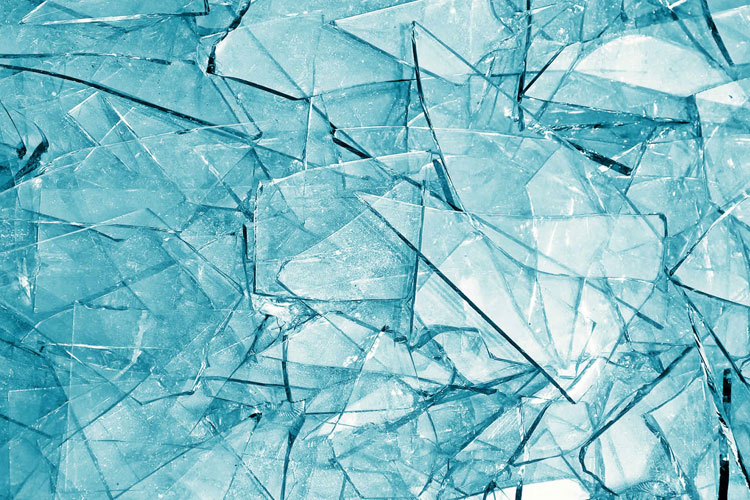Broken glass and other sharps are physical hazards. Glass contains silica, an element found in sand. Broken glass also has the potential to be a health hazard if it is contaminated with toxic chemicals, blood, or infectious substances which may enter the body through a cut or puncture.
Laboratory glassware is specifically designed for scientific work. However, by design it is also fragile and can easily break and cause injuries in the process.
Lamps are also a hazard. Fluorescent lamps contain mercury vapor. Mercury is not released when a lamp is intact or in use. The only time mercury may be released is when the lamp is broken. If all of the mercury in one fluorescent lamp could be collected as a bead, that bead would be about the size of the period at the end of this sentence.
Breathing small amounts of mercury over a period of months or years can affect your health.
Exposure to hazardous substances may lead to acute and chronic health effects, and may potentially cause long-term public health and environmental impacts. Uncontrolled hazardous materials pose significant threats to public health through inhalation of dust particles.
Suggested Industrial Vacuums for Recovery of Broken Glass & Lamps
PrestiVac HEPAPlus* Vacuums are specifically designed to safely vacuum toxic dusts. Equipped with a Certified Absolute HEPAPlus*filter with an efficiency of 99.995% on 0.2 micron so there is no risk of exposure or contamination for the operator or the environment. These vacuums are tested for absolute filtration. Testing Method: IEST RP-CC034.3. H14. MIL-STD 282 / A.S.T.M. - D2986-91. MPPS method EN 1822.
Which Industries are at Risk with Broken Glass?













